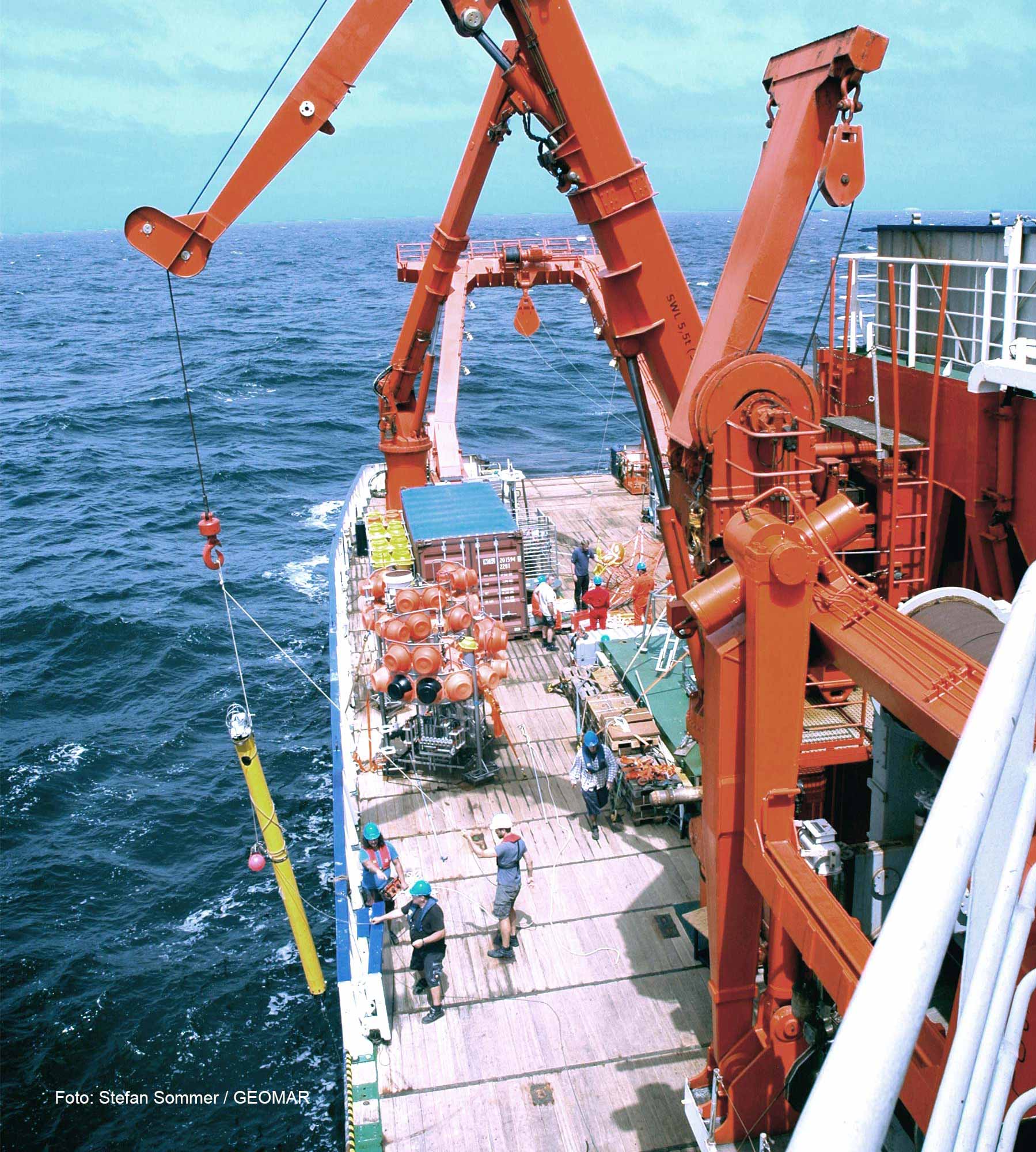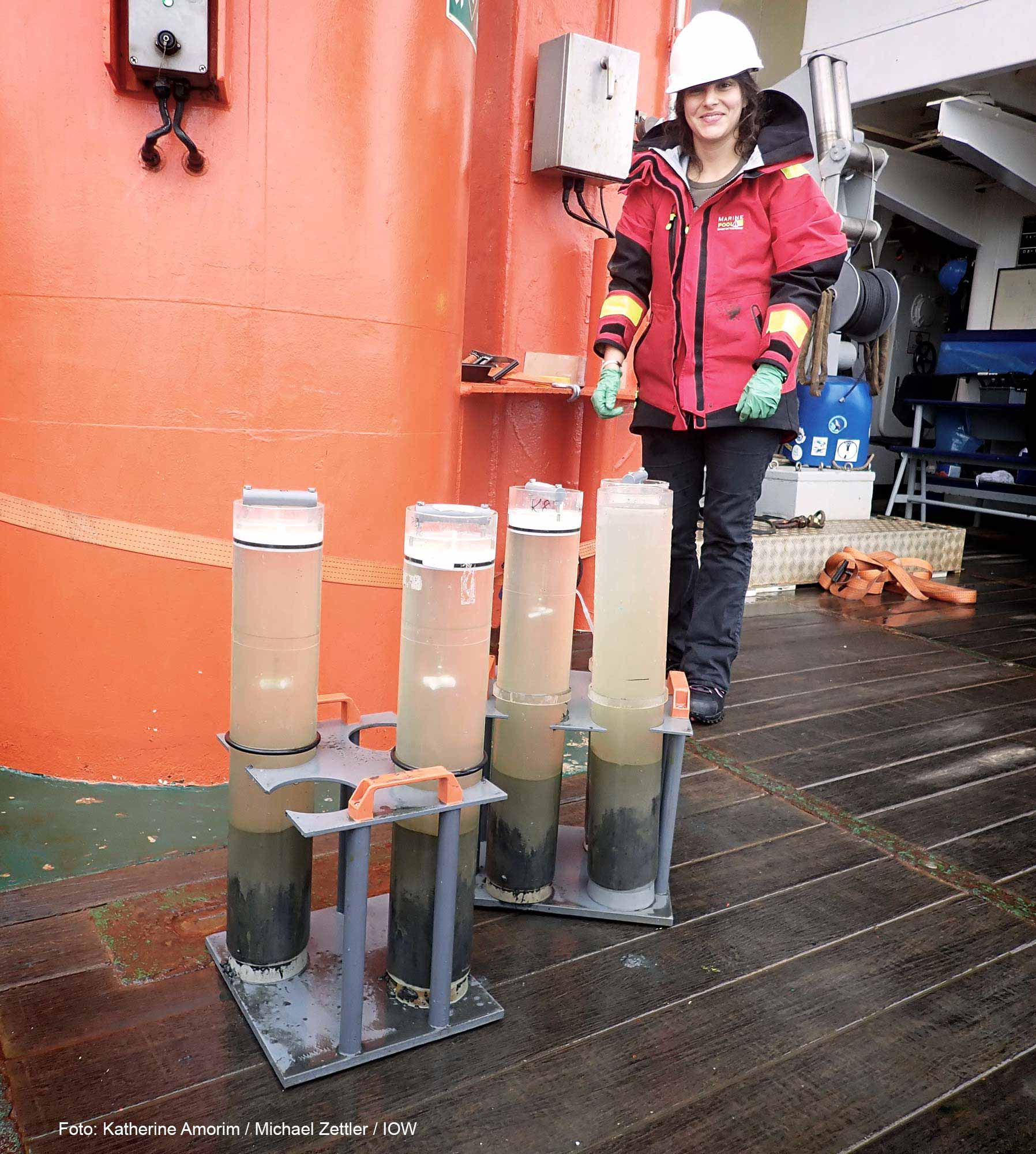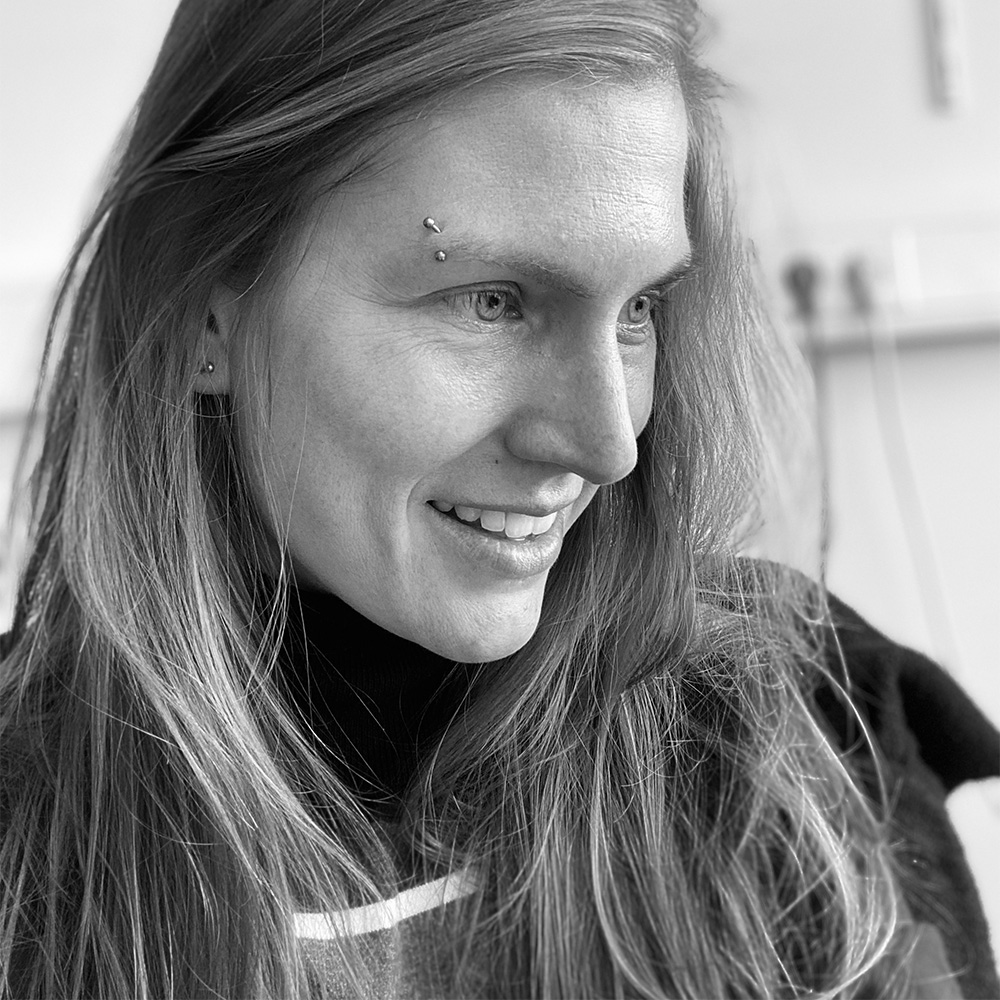Since September 2020, I have been setting up the public relations for the three oceanic projects REEBUS, CUSCO and EVAR. Interested people can already find the projects on Twitter, Instagram and Facebook. This blog is also meant to be a way for people to dive deeper into everyday science and look behind the scenes of science. But how is it that three projects get their own science communication at all? And why are two of them (REEBUS and CUSCO) mainly based at GEOMAR in Kiel and one of them (EVAR) at IOW – Institute for Baltic Sea Research in Warnemünde?
If an institute wishes to receive funding for a scientific project, it must submit a funding application to an official funding agency. There, the project is examined. For example, whether the costs are well estimated and can be substantiated. Whether the project applied for is promising, i.e., whether it will lead to new scientific findings that can be published. Whether these findings will be applicable and what the ethical framework conditions are.
Anyone applying for funding in ocean research has a lot to prove, because the stakes are high. Often funding periods of several years, payment for positions, research expeditions by ship, laboratory equipment and the examination of samples. And public relations. This sometimes takes a back seat because it is not part of traditional science per se. But more and more, it’s also about public relations. There is quite a bit of funding that has to be provided in order for scientific institutions to be able to work and conduct research at the current level.

Many expeditions in ocean research require specially equipped research vessels and special technical equipment. All of this must be taken into account in a funding application.
Only a few funding agencies can provide the large sums of funding that multi-year projects in oceanic science require. The Federal Ministry of Education and Research – known by its acronym BMBF – is such a body. The BMBF’s calls for proposals, and also the applications for them, are administered, for example, by the project management organization Jülich. It is, so to speak, the interface between the client and the grant recipients. And it just so happens that both the management of the EVAR project and the management of CUSCO and REEBUS submitted their projects to project management organization Jülich during the same funding period.
What separates – and unites – three projects
Applications for three projects that could not be more different. REEBUS is studying the function of oceanic eddies (currents) near Cape Verde. CUSCO is taking a closer look at one of the world’s most productive fishing areas off the coast of Peru with special oceanic research structures called mesocosms. And EVAR is exploring both water and sediment samples from the Benguela system in the coastal region off southwest Africa.

Sediment samples for the EVAR project. What at first looks like ordinary mud holds a wealth of information about life under water and its influence on the occurrence of species.
But all three projects have one thing in common: They all want to find out how climate change is affecting these different marine systems, each highly important to fisheries. Whether it is changing them. And if so, to our benefit or to our detriment.
This potential has also been recognized by the funding body, the BMBF – consequently packing the projects together. At least as far as funding is concerned. And the three projects are also to be communicated. A mandatory demand to fulfill, to achieve approval. After all, the issues at stake are quite topical. Climate change. Food supply.
This was an unexpected situation for the three professors leading the project, who at first only had their own project in mind when applying for the grant. Fortunately, they were used to rethinking thanks to years of experience in their scientific positions. They were also used to dealing with challenges. After a short phase of reorganization, the situation was understood as an advantage, regular exchange was agreed upon, and a person for press and public relations was found (this is where I come in).
In the meantime, the scientists in the three projects have also discovered their common ground. At a recent project meeting, for example, the first results were presented and the difficulties caused by Corona were discussed (all three projects had to and still have to face profound changes). But most importantly – and this shows how much science connects people – data was freely exchanged between the scientists of the seemingly so different projects. This is unusual. Often data is only available after an official publication. This was a huge opportunity, because it unexpectedly brought the objectives of several subprojects a good deal forward.
So, in the end, the unplanned, initially confused development turns out to be an advantage for three projects (and, of course, for me). But most of all, it turns out to be a beautiful metaphor for how science offers the potential to bring the greatest possible diversity of people close together. Even online.

Autorin: Ann Kristin Montano
Former scientist who worked long enough in other fields to build up stereotypes about scientists. Now likes to work among academics to break down the stereotypes. While writing this article, she wondered where you get the motivation as a professor to keep applying for new large-scale projects.